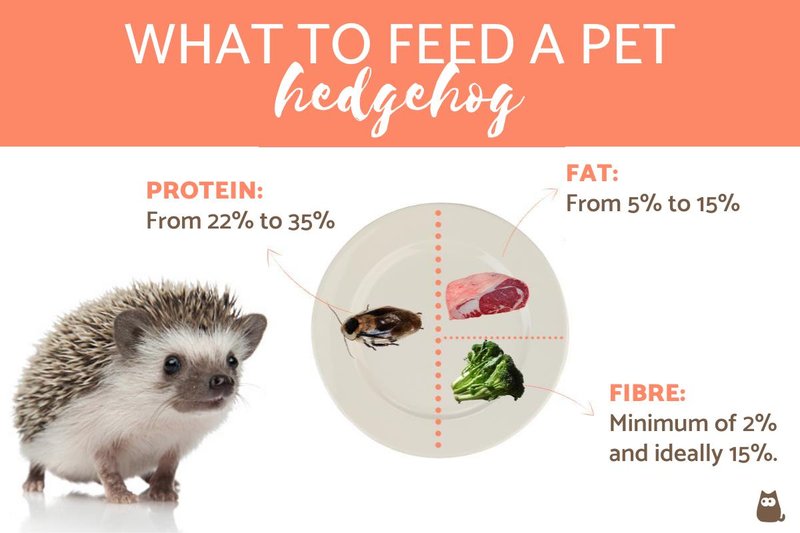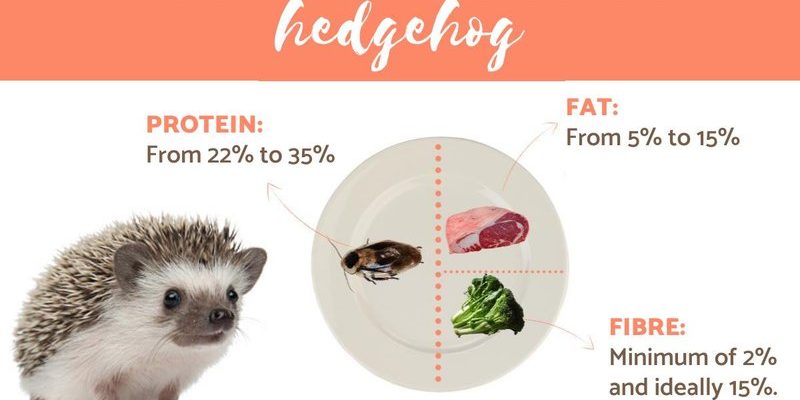
Imagine your hedgehog as a little gourmet chef, navigating a buffet of insects, fruits, and specially formulated foods. Just like humans, hedgehogs require a balanced diet to thrive. If you thought that just tossing in some kibble would suffice, you might be in for a surprise! Let’s dive into the ins and outs of a hedgehog’s diet plan and feeding schedule so you can ensure these little guys get all the nutrients they need.
What Is a Hedgehog’s Natural Diet?
To truly understand what hedgehogs eat, it’s helpful to take a peek into their natural habitats. In the wild, hedgehogs are primarily insectivores, which means they thrive on a diet rich in insects. They munch on slugs, snails, beetles, and even worms. Imagine them as little vacuum cleaners, scooting around at night to hunt for these tasty treats.
Besides insects, hedgehogs often nibble on fruits and vegetables. However, their bodies aren’t designed to process all the sugars in fruits, so these should be offered in moderation. Think of fruits like strawberries or apples as the occasional dessert rather than a main course. Always remember, though: not all fruits and vegetables are safe for hedgehogs.
Here’s a quick list of what hedgehogs might find on their dinner plates in the wild:
- Insects (beetles, crickets, mealworms)
- Fruits (small amounts of apple, banana, or berries)
- Vegetables (cooked peas or carrots)
- Occasional small mammals or eggs
What Should Pet Hedgehogs Eat?
If you’re a proud hedgehog parent, you’ll want to replicate their natural diet as closely as possible. Commercial hedgehog food can be a great option. These specially formulated diets usually contain a balanced mix of proteins and nutrients tailored for hedgehogs. Just think of it as their version of a gourmet meal plan!
In addition to commercial food, you can supplement their diet with protein-rich treats. Mealworms or crickets are fantastic options, providing the protein hedgehogs need to stay active and healthy. Just remember to keep a close eye on portion sizes. Too much protein can lead to obesity, which we definitely want to avoid!
Some hedgehogs also enjoy small amounts of fruits and veggies, but these should be offered sparingly. A tiny piece of cooked carrot or a smidge of banana can be a fun treat, but don’t overdo it. Too much sugar is not good for their little systems.
Feeding Schedule for Hedgehogs
Now that you know what hedgehogs eat, let’s talk about when to feed them. Hedgehogs are nocturnal creatures, which means they’re most active at night. This is when they prefer to eat. A good feeding schedule for hedgehogs might look something like this:
– Morning: Check their food bowl and remove any uneaten food.
– Evening: Offer fresh water and fill their bowl with commercial hedgehog food and some protein treats.
Be sure to leave the food out overnight, so they can munch on it when they wake up. You might want to limit the food to about 2–3 tablespoons, depending on their size.
It’s also essential to provide clean, fresh water daily. A small, shallow dish works well for hedgehogs, and keeping it clean prevents any nasty bacteria from forming.
Homemade Diet Options
If you’re feeling adventurous, you can prepare a homemade diet for your hedgehog. Just remember, balance is key. A well-rounded homemade diet might include:
- High-quality cat food (for protein)
- Cooked chicken or turkey (no seasoning)
- Insects (mealworms, crickets)
- Small amounts of fruits and vegetables (like cooked carrots, peas, or apples)
Make sure to avoid foods that are toxic to hedgehogs, like garlic, onions, chocolate, and anything high in sugar or fat. When introducing new foods, do it gradually, just like you would when trying out new treats for your dog.
Keeping your hedgehog’s diet varied not only keeps them excited about eating, but it also ensures they’re getting all the necessary nutrients for a happy, healthy life.
Common Mistakes in Hedgehog Diets
Even seasoned hedgehog owners can stumble when it comes to feeding. One common mistake is offering too much fruit or treats with high sugar content. While hedgehogs may enjoy fruit, it’s critical to limit these sugary snacks. Overindulgence can lead to health problems like obesity or diabetes.
Another mistake is not providing enough protein. Hedgehogs need a protein-heavy diet, especially if they’re active. If you notice your little buddy becoming lethargic, it might be time to reevaluate their food choices.
Lastly, some owners might overlook the importance of fresh water. Hedgehogs can become dehydrated, so check their water dish daily and keep it clean. A well-hydrated hedgehog is a happy hedgehog!
Understanding what hedgehogs eat and how to feed them isn’t just about putting food in a bowl; it’s about ensuring they lead healthy, active lives. By providing a balanced diet that mimics their natural eating habits, you’ll help your hedgehog thrive.
Just remember to offer a mix of commercial hedgehog food, protein-rich treats, and the occasional fruits and veggies while keeping an eye on portion sizes. With a little knowledge and effort, you can create a meal plan that makes your hedgehog eager to eat and keep their energy levels up.
So, are you ready to become a hedgehog diet expert? Your little spiky friend will thank you!

